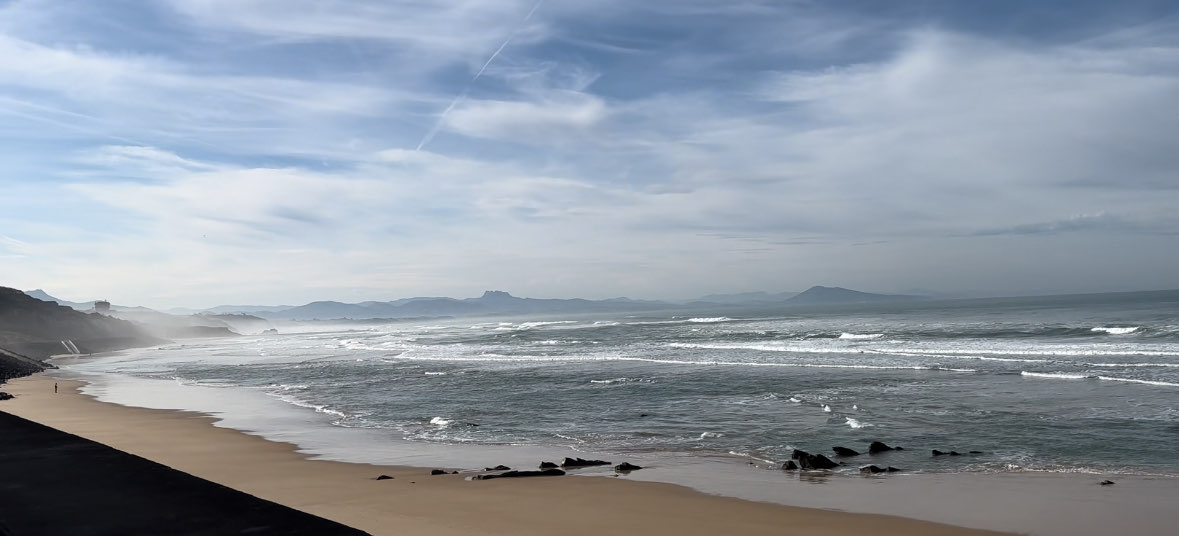At a time when artificial intelligence is driving investment figures through the roof and fueling debates on business transformation as well as its negative impacts, an anomaly persists: the vastest territory on our planet remains elusive, little known, and is transforming at such a rapid pace that it should quickly reshuffle the order of priorities for countries and companies alike. The ocean covers 71% of our planet’s surface, yet the moon is better mapped than its depths. Connected and considered as a single body by specialists, the ocean stands as the Earth’s foremost carbon sink, absorbing 9.2 gigatons of CO2 annually, nearly 30% of our emissions. Two out of three of our breaths also come directly from the ocean, which produces between 50% and 80% of our oxygen. By comparison, all the forests across the globe capture 7.6 gigatons of CO2 per year and have long been the focus of particular attention. The numbers are stuborned, and the ocean’s systemic role is both crucial and far too ignored because it is less tangible and visible to the majority of the population.
While the most heeded scientists—such as those from the IPCC or the Stockholm Resilience Center, which introduced the concept of planetary boundaries—have been warning for years about the necessity of collectively addressing this issue, the physical and biological changes of the past eighteen months have sounded the alarm. Foremost among the concerns is the rise in ocean temperatures, notably in the Southern Hemisphere, since March 2023, marking a sharp departure from the past 40 years. Since last spring, the thermometer has been climbing daily in an unprecedented manner at the ocean’s surface. This increase is currently attributed half to human activity and the other half to the El Niño current phenomenon. Concurrently, the global peak in CO2 emissions from human activities last year has exacerbated the ocean acidification phenomenon, directly endangering marine ecosystems and the biodiversity that teems within them. This biodiversity is the main engine powering the ocean’s carbon dioxide pump and its oxygen production, presenting us with a major systemic problem. Our fates are intertwined: a lifeless ocean means no life on our planet.
While the causes are undeniably essential, the short- and medium-term consequences are equally crucial. Three billion people live in coastal areas and directly depend on marine resources, including fish as their primary source of animal protein. The underlying activity of industrial fisheries accelerates the ocean’s physical transformation, with 34% of global fish stocks now overexploited, and the population of large marine predators has plummeted by 70% in fifty years for the same reason.
In precisely one year, all these aspects will be addressed at the United Nations Global Ocean Conference. A prequel to what a Blue COP could look like, which is one of the targets of next year’s summit. The next edition will take place jointly in Nice -France and Costa Rica, with the ambition to foster political commitments on par with the 2015 Paris Agreement. However, it will be indispensable to move forward with the entire economic sector to ensure that upcoming investments inherently incorporate sustainability. The urgency is all the greater as the sustainable development goal associated with it (SDG 14) is the least funded of the United Nations’ sustainable development program by 2030, according to its latest report. A recipe that should first and foremost attract visionary investors who look beyond the sirens of AI, a technology that is also consuming too much water.
